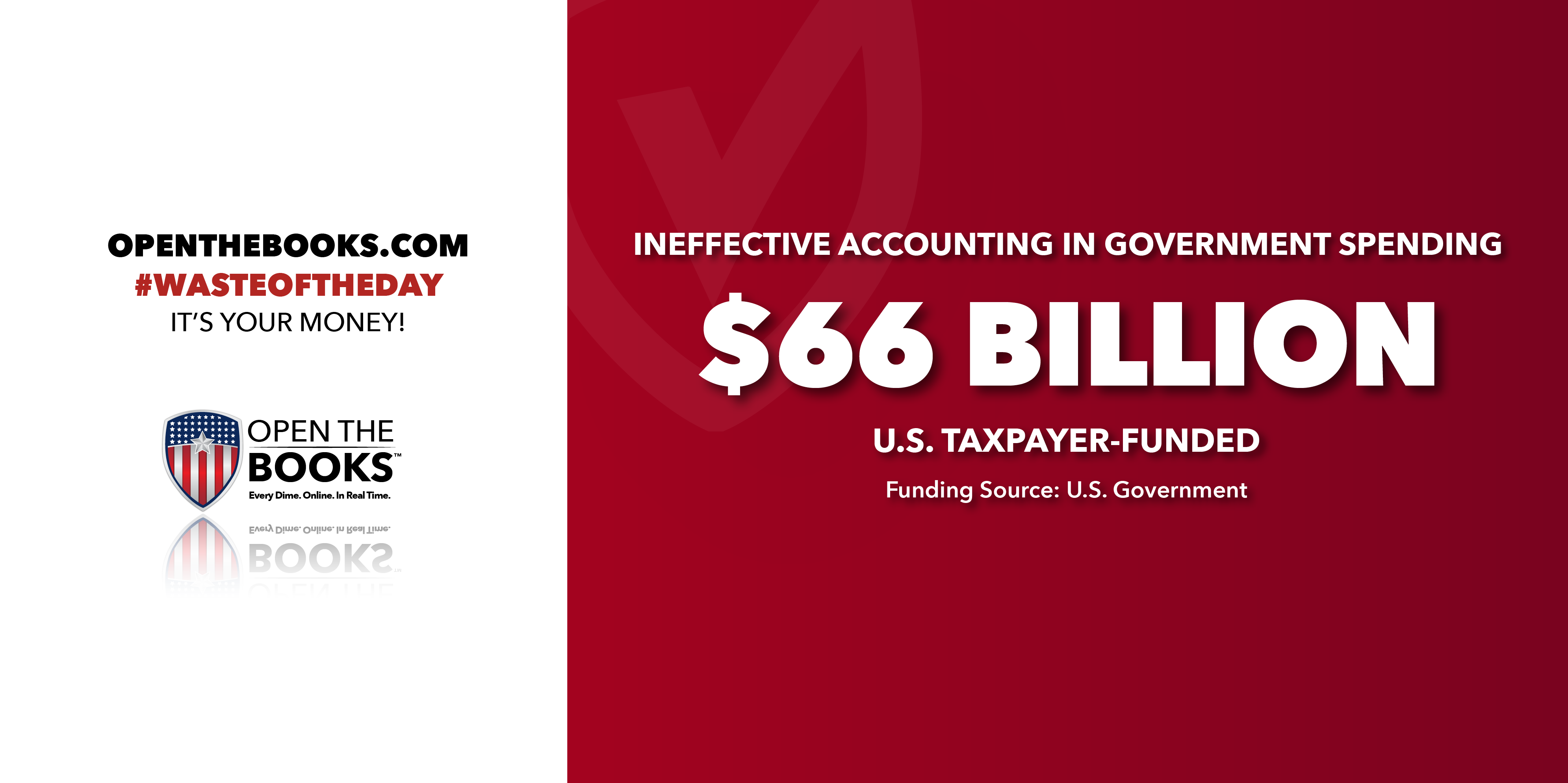Flawed Federal Government Accounting Miscalculates $66 Billion In Costs
The federal government is using a flawed accounting method, which is likely underestimating the costs of a loan program by $66 billion, according to a new report from the Congressional Budget Office.
According to the CBO, the government uses a procedure from the Fair Credit Reform Act of 1990 to make cost estimates for the federal budget. While this method is required by statute, CBO notes that another estimation method, fair value estimation, could be more accurate, as it measures the current market value of government obligations.
The government estimation method puts cost estimates for new loans and loan guarantees issued in 2024 at $10.9 billion over their lifetime. Using the fair value estimation method, however, raises the cost to $76.7 billion, about seven times the federal estimate.
The discrepancy is largely attributable to loan guarantees made by Freddie Mac and Fannie May, the U.S. Department of Housing and Urban Development’s loan guarantee program, and the Department of Education’s student loan program.
In each case, the government’s method estimates these loans saving billions, while fair value estimates suggest they would cost billions. In the case of the student loans, the cost discrepancy between methods is a difference of $44.7 billion.
The CBO notes the fair value method accounts for market risk, which accounts for macroeconomic conditions like productivity and unemployment, which makes it, in its opinion, “a more comprehensive measure than FCRA [government method] estimates.”
Lawmakers and their constituents need to be informed of the true cost of legislation. Using archaic accounting methods that don’t account for real world market risk obscures the true price tag of spending programs.
The #WasteOfTheDay is brought to you by the forensic auditors at OpenTheBooks.com

